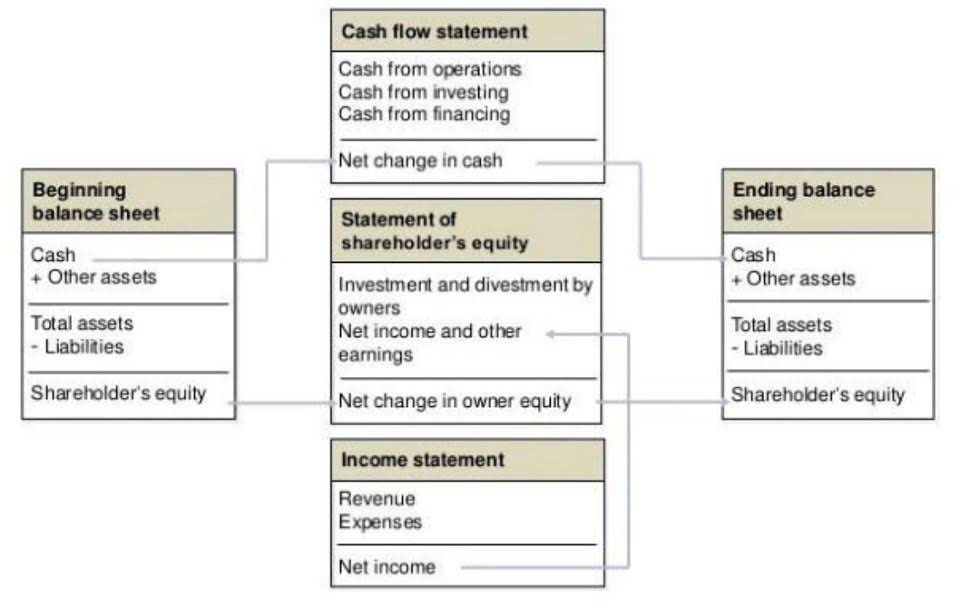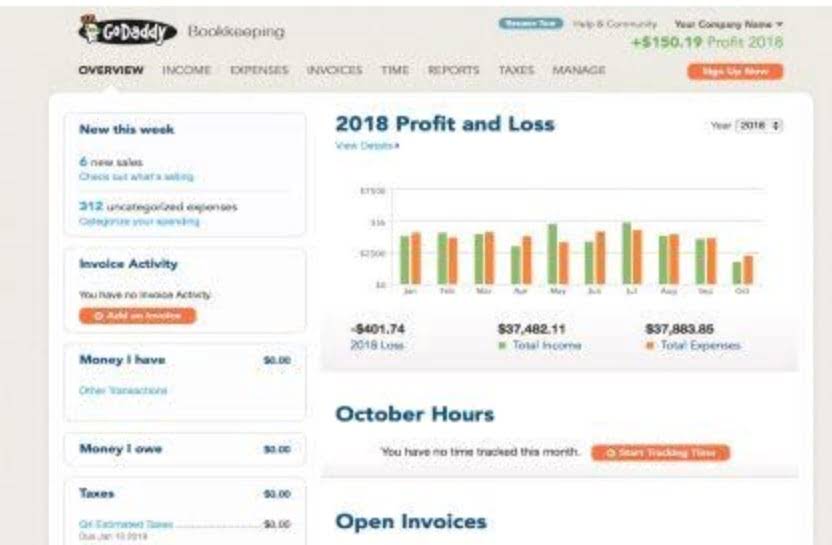Finally the double entry posting would be the total from the sales day book and the sales ledger. To reconcile your Creditors Control account, you check that the balance of the account matches the total outstanding value on your supplier accounts, as shown on the Aged Creditors Report. You can do this for all your transactions or up to a date in the past, such as the end of your previous month. Current assets are short-term assets, such as cash or cash equivalents, that can be liquidated within a year or during an accounting period. Current liabilities are a company’s short-term liabilities that are expected to be settled within a year or during an accounting period. A debtor is a person or an entity that owes money to another, which could be any individual or institution (including the government).
The entrepreneur, need to know that, regardless of the numerous transactions that take place, all recording of such transactions adhere to double entry principle. Entries in the control accounts such as “total sales”, “total purchases” as well as “bank” come from the relevant accounting journals. For the creditor, the money owed to them (by a debtor) is considered an asset.
- Its proceedings were adjourned multiple times as Evergrande sought more time to restructure its debts.
- If you entered transactions before specifying , they will have been posted to the suspense account.
- In addition, it provides organized and correct ending balances of specific account types for preparing financial statements.
- Example – Unreal corp. purchased 1000 kg of cotton for 100/kg from vendor X.
Note that the word ‘purchases’ relates to the specific cost of items that you buy with the intention of selling on to customers. She is a Business Content writer and Management contributor at 12Manage.com, where she contributes a business article weekly. She has over 2 years of experience in writing about accounting, finance, and business. Furthermore, You can sharpen your accountancy skills via ExamLabs. Accounting learners can get accounting and business analysis certifications from ExamLabs.
How to Prepare Control Account?
A control account will help identify what is outstanding – what is owed to the business (asset) and what the business owes (liability). Controls accounts also allow you to record both sides of an accounting transaction (the debit and the credit). Control accounts are an important component of double-entry accounting and make up the foundation of the general ledger. They serve as a summary report of the total balances for each subledger, and allow for a streamlined analysis of a company’s balance sheet without all of the clunky details contained in each subledger. Bank customers are debtors if they have a loan or owe the bank. Customers that buy goods or services and pay on the spot are not debtors.
How accountants are helping small businesses with growth plans
The word reconciliation actually comes from reconcile, debtors control account which means to make two amounts agree in value.
Questions Relating to This Lesson
Control accounts are general ledger accounts in your Chart of Accounts that are used to reconcile your general ledger with your clients/matters. We also learned that all individualdebtorT-accounts go in thedebtors ledgerand all individualcreditorT-accounts go in thecreditors ledger. Accounting software will automatically categorize data and create control accounts and subledgers, allowing for simple data segmenting, as well as accurate accounting practices. As well, family or friends can also be considered creditors if they’ve lent money, considered a personal creditor. Real creditors are banks or finance companies with a legal contract. Debtors and Creditors are both critical financial indicators and important parts of the financial statements of a company.
Reconciling Control Accounts
Here are answers to these simple yet thought-provoking questions. Debtors and creditors are central to how every business’ financial system operates. They influence the amount of money flowing into and out of an account and the speed at which it arrives. There are many different reasons why you could be left with a credit balance in account receivable.
What questions should you ask at an interview?
In some cases, money owed by a debtor can be an account receivable (for goods or services bought on credit) or note receivable if it’s a loan. The nominal ledger is not really a separate record, it just contains all of the individual T accounts. The nominal ledger is where we use our double entry bookkeeping system, so every transaction will impact on at least two ledger accounts. On the company’s balance sheet, the company’s debtors are recorded as assets while the company’s creditors are recorded as liabilities. The transactions that affect the debtor/receivable control account are the ones we have already discussed in the previous lessons in level one and two of this accounting tutorial series. In this lesson we will consider a further explanation of the same specific transactions and how to adjust the receivable control account to determine the correct value thereof.
Any imbalances in your nominal accounts are posted to the suspense account. Transactions posted directly to the Debtors Control Account, using the journal entry screens, are not reported on the Aged Debtors report as they’re not linked to a customer account. The value of these journals will need to be added to the Aged Debtors total. The Debtors Control Account represents all the money that your are owed by your customers. Reconciling the balance of this account is something most businesses do regularly. And the “bank” figure of $6,000 in this same account could be traced back to the cash payments journal (which shows all payments of cash).
In most cases, the debtor has to pay interest on debt along with the principal debt. And the “bank” figure of $6,000 in this same account could be traced back to thecash payments journal(which shows all payments of cash). If any errors are found they are corrected and shown in the Error Log.
Subsidiary accounts are used to provide support and detailed information on a related account type. A debtor is a person or other legal entity who owes money or services to another person or company. The money or service that the debtor owes to the creditor is called the debt or the obligation. In accounting, the controlling account (also known as an adjustment or control account) is an account in the general ledger for which a corresponding subsidiary ledger has been created.
For each month of the year, various transactions related to all trade debtors take place on a daily basis. The transactions are recorded in the respective individual debtor’s account on daily basis by the accounts clerk or the accounting officer responsible for that assignment. For instance, the debtor Ann https://accounting-services.net/ account is one of the debtors in the current financial period indicated above which range between January to December. At the end of each month, balances brought down (ie bal. b/d) are extracted. A company that sells products on credit may have many transactions in the accounts receivable subledger.
They are especially important for reconciliation in large companies with a high volume of transactions when only the balance of the account is needed. Similarly, the “total purchases” figure of $3,900 in the creditors control account could be traced back to the purchases journal (which shows purchases on credit). For example, the “total sales” figure of $16,300 in the debtors control account above comes from the total in the sales journal below (which shows sales on credit). The reason these accounts are called control accounts is because one uses them to ensure there are no errors or mistakes in our records relating to debtors and creditors. The money owed by debtors (to creditors) is not recorded as income, but rather an asset, such as note or account receivable. Any interest or fees charged by the creditor, however, is recorded as income for the creditor and an expense for the debtor.









